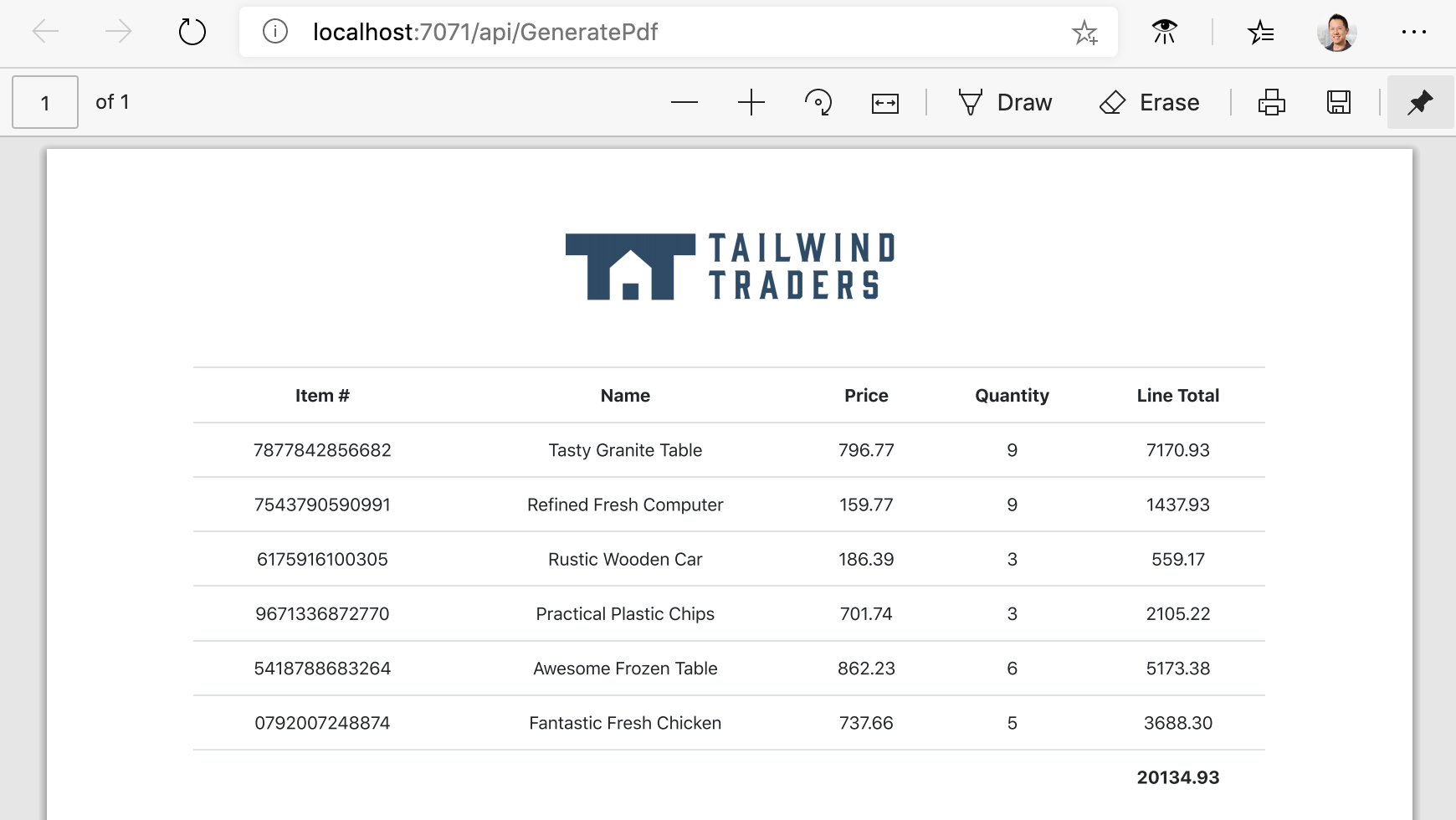Asynchronous HTTP APIs with Azure Container Apps jobs
Monday, August 12, 2024
When building HTTP APIs, it can be tempting to synchronously run long-running tasks in a request handler. This approach can lead to slow responses, timeouts, and resource exhaustion. If a request times out or a connection is dropped, the client won't know if the operation completed or not. For CPU-bound tasks, this approach can also bog down the server, making it unresponsive to other requests.
In this post, we'll look at how to build an asynchronous HTTP API with Azure Container Apps. We'll create a simple API that implements the Asynchronous Request-Reply pattern: with the API hosted in a container app and the asynchronous processing done in a job. This approach provides a much more robust and scalable solution for long-running tasks.
When building HTTP APIs, it can be tempting to synchronously run long-running tasks in a request handler. This approach can lead to slow responses, timeouts, and resource exhaustion. If a request times out or a connection is dropped, the client won't know if the operation completed or not. For CPU-bound tasks, this approach can also bog down the server, making it unresponsive to other requests.
In this post, we'll look at how to build an asynchronous HTTP API with Azure Container Apps. We'll create a simple API that implements the Asynchronous Request-Reply pattern: with the API hosted in a container app and the asynchronous processing done in a job. This approach provides a much more robust and scalable solution for long-running tasks.



